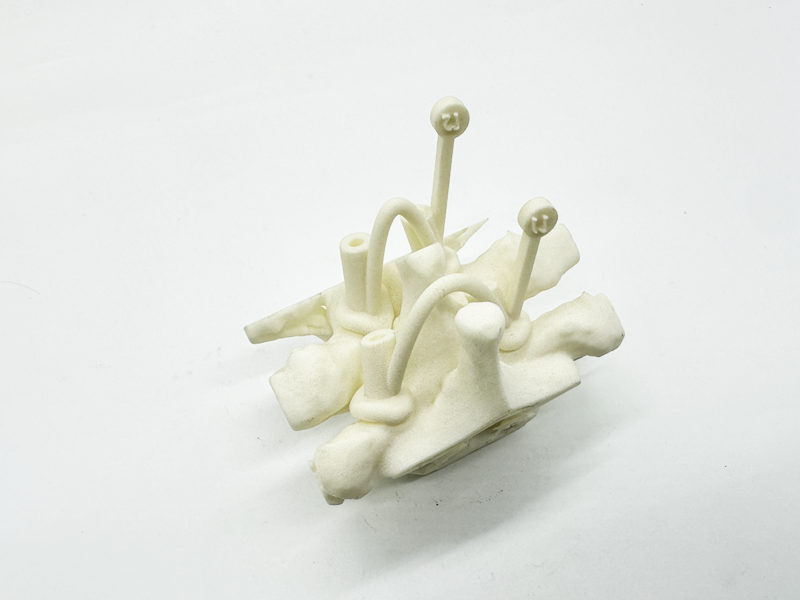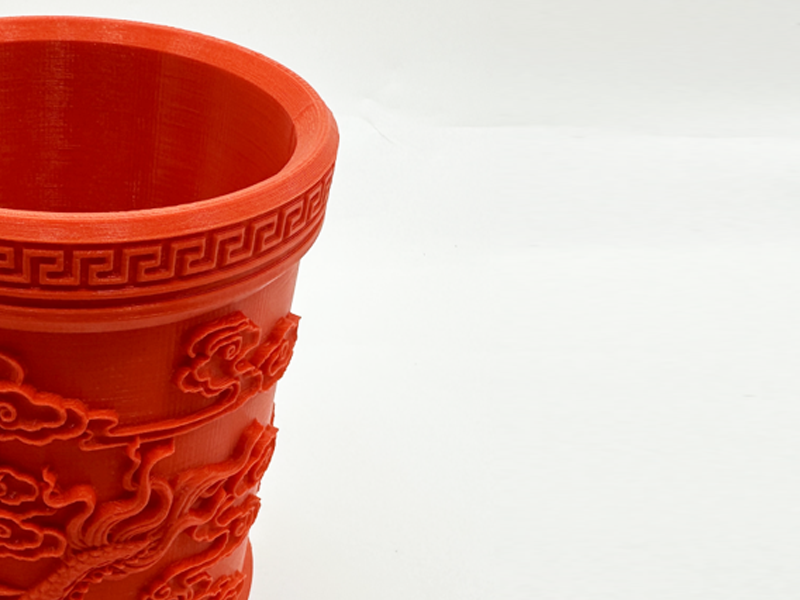UNPrototype rapide
Services d'impression 3D FDM
- Service de réponse rapide : une disponibilité 7 jours sur 7, 24 heures sur 24 garantit un lancement rapide du projet, avec des travaux urgents commençant immédiatement.
- Délai d'exécution rapide : pièces terminées en seulement 1 jour, idéal pour les besoins urgents.
- Rentabilité : Coûts 10%-30% inférieurs à ceux des concurrents, particulièrement avantageux pour les projets complexes.
- Traitements de surface complets : les offres comprennent une variété de traitements, pris en charge par plus de 30 travailleurs qualifiés.






